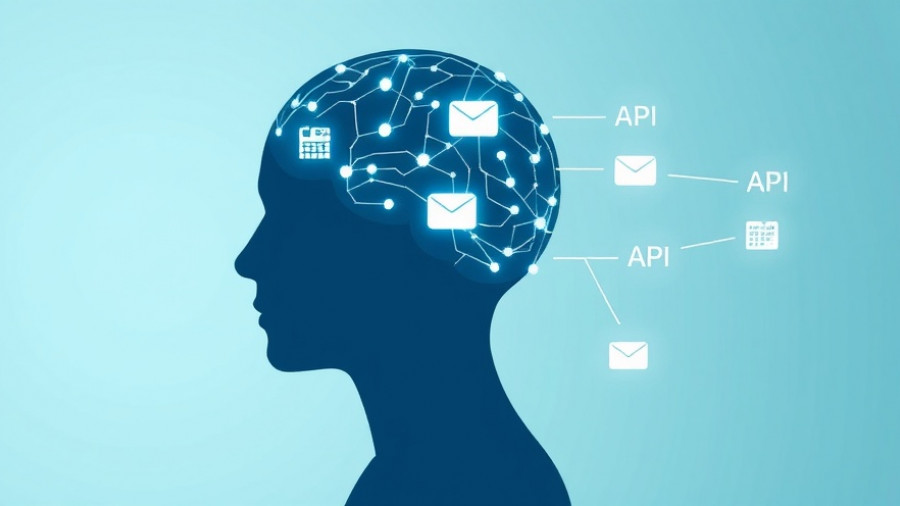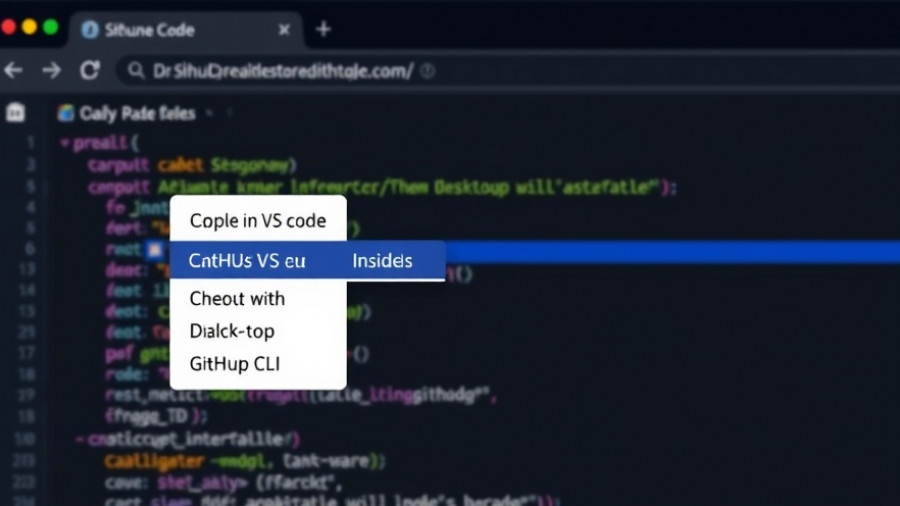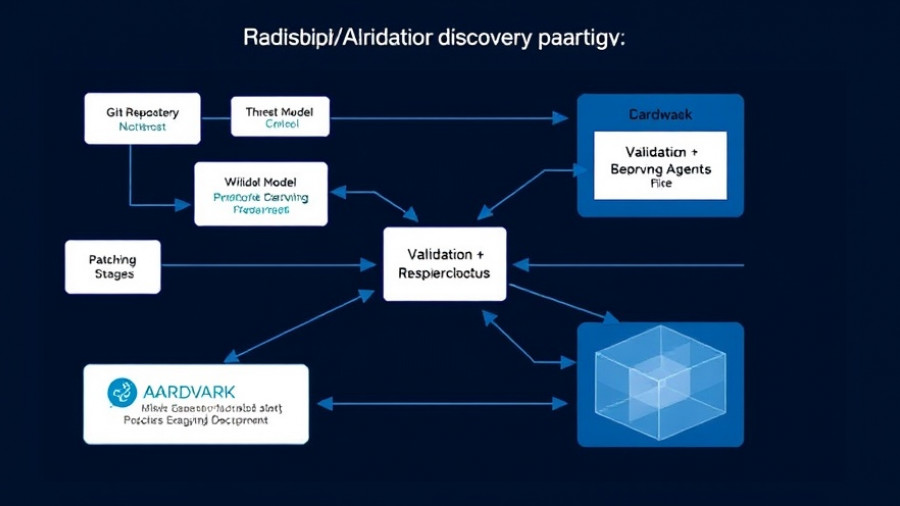
Unlocking the Future of AI: Building Your Own AI Agent
Artificial Intelligence (AI) is not just a buzzword; it’s reshaping how we interact with technology every day. One of the most exciting developments in AI is the creation of AI agents that leverage Advanced Large Language Models (LLMs) like GPT-5. Unlike traditional models, these agents can perform complex tasks by accessing tools, conducting searches, and even making bookings on users’ behalf. Let’s explore how these agents work and how you can build one.
The Magic Behind AI Agents
At the heart of an AI agent lies a powerful LLM, which serves as its brain. This model takes user prompts and breaks down tasks into manageable steps, determining which tools it needs to use based on its reasoning. AI agents extend standard LLM capabilities, performing actions that go beyond what they were initially trained for. For instance, if you ask an agent to book a flight, it will access your calendar and perform a web search to streamline the task, making the process seamless and efficient.
Status Quo vs. Real-World Applications
Imagine this scenario: you need a flight booked, a dinner reservation made, or even a weather update. While some chatbots can provide basic answers, AI agents can handle multiple intricate steps to fulfill these requests. Coding agents like Cursor and GitHub Copilot help developers write and debug code efficiently—showcasing how AI is not merely assisting humans but is becoming integral to their productivity. These agents enable deep reasoning capabilities, allowing for complicated interactions that mimic human decision-making processes.
Function Calling: The Bridging Technology
The technique of function calling is critical in achieving this level of operation. This method connects the LLM to external tools, whether that means accessing databases for customer support or fetching real-time weather information. Each tool is defined as a specific function with a JSON schema that guides the AI on when and how to invoke it. By utilizing function calling, developers can design AI systems that respond more accurately and intelligently to user queries.
Step-By-Step: Building Your First AI Agent
If you're eager to dive into creating your own AI agent, here’s a simple roadmap to get you started.
- Set Up Your Environment: Begin by creating an OpenAI account and setting up your API key. This will give you access to the tools you need.
- Define Your Tools: Choose the specific tools your agent will need. For instance, if you're building a web search agent, a tool like Tavily can fetch real-time information.
- Implement the Logic: Write the code that establishes how your agent will interact with users and the functions it will call. The AI should know when to pull in external data and when to respond based on its pre-trained knowledge.
- Test Your Agent: Engage in conversations with your agent. Ask it questions that necessitate real-time data output to ensure it’s functioning correctly.
- Iterate and Improve: Based on feedback, make necessary adjustments. Consider adding new functionalities over time to expand your agent’s capabilities.
The Future of AI Agents: What’s on the Horizon?
The rapid advancements in AI, particularly with models like GPT-5, indicate that the future holds even greater potential. As AI agents become more integrated into everyday applications, we can expect them to handle a wider variety of tasks with higher precision. Industries from finance to healthcare will find innovative ways to leverage AI agents, enhancing productivity and efficiency.
Your Turn: Embrace the Innovation
The rise of AI agents presents an exciting opportunity not only for tech enthusiasts but for anyone looking to improve workflows and simplify processes. Whether you're a developer looking to build the next groundbreaking application or simply an individual keen on exploring AI's potential, there's no better time than now to dive in and experiment with these technologies.
Conclusion
Building AI agents with function calling and advanced LLMs is more accessible than ever. With clear steps, straightforward coding techniques, and a wealth of resources available, you can be at the forefront of this technological wave. Don’t hesitate—start developing your AI agent today and be part of the future of intelligent systems.
 Add Row
Add Row  Add
Add 




Write A Comment